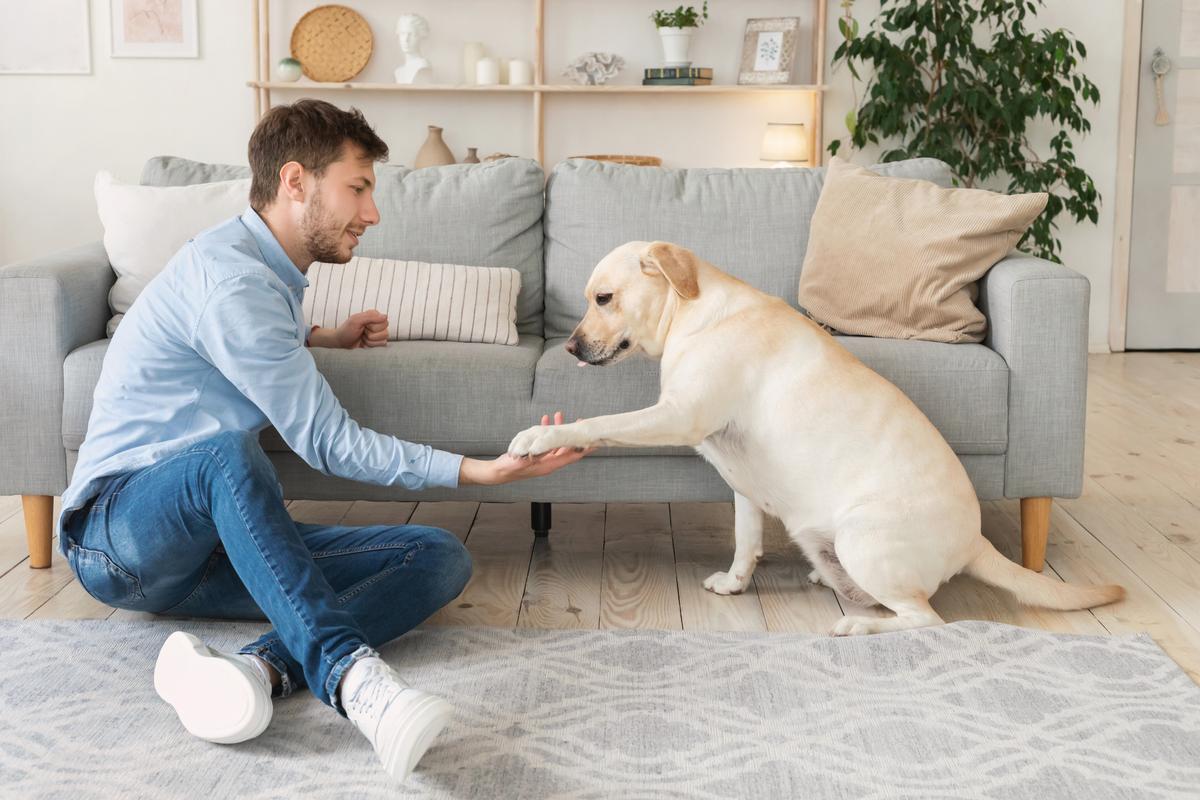Welcoming a furry companion into your life is a delightful experience that brings immeasurable joy and unconditional love. Dogs quickly become cherished members of our families, and as responsible pet owners, it is our duty to provide them with a nurturing and well-disciplined environment. Proper dog training is not just about teaching commands; it’s about building a lasting bond with your canine friend. In this blog, pet barn will delve into the top five dog training techniques that every pet owner should master to create a harmonious and enriching relationship with their furry pal.
1. Positive Reinforcement: Nurturing through Encouragement
The foundation of effective dog training lies in the philosophy of positive reinforcement. This humane and encouraging approach involves rewarding your dog for displaying desired behaviors and actions. Whenever your dog follows a command, exhibits good behavior, or learns a new trick, shower them with praise, treats, or affectionate gestures. This positive association reinforces the desired conduct and motivates your furry friend to repeat it in the future.
Positive reinforcement not only makes training enjoyable for your dog, but it also builds trust, confidence, and strengthens the bond between you and your pet. This approach fosters a happy and eager learner who is enthusiastic about pleasing their beloved owner. As a pet owner, make sure to be consistent with rewards and offer patience during the learning process, as dogs, like humans, benefit from steady encouragement and understanding.
2. Clicker Training: A Precise Language of Communication
Clicker training is a powerful technique that adds precision and clarity to your dog’s training journey. This method utilizes a small handheld device, the clicker, which emits a distinct sound when pressed. The clicker serves as an instant “bridge” that marks the exact moment your dog exhibits the desired behavior. Pairing this sound with treats or rewards helps your dog understand precisely which actions are being rewarded, making it easier for them to learn and comprehend complex tasks.
With clicker training, you can shape your dog’s behavior with remarkable precision. Whether you are teaching basic commands or advanced tricks, the clicker acts as a powerful communication tool, facilitating a deeper connection between you and your furry companion. Remember, practice, consistency, and well-timed clicks are the keys to unlocking your dog’s potential.
3. Leash Training: Enjoying Adventures Together
Leash training is an essential aspect of responsible dog ownership, contributing to both your pet’s safety and your peace of mind. Teaching your dog to walk politely on a leash not only prevents pulling and unruly behavior but also allows you to enjoy relaxed and pleasant walks together.
Begin the process by using a well-fitted harness or collar along with a standard leash. When your dog pulls on the leash, stop walking and wait until they return to your side. Praise them and offer treats for walking calmly beside you. Consistency is crucial; over time, your dog will learn that pulling is counterproductive, and walking politely is rewarding.
Leash training can take time, especially if your dog is used to pulling or is excitable during walks. Patience and understanding are essential during this process. As your dog learns to walk on a loose leash, the bond between you will grow stronger, and your outdoor adventures will be filled with joy and harmony.
4. Socialization: Nurturing Confidence and Friendliness
Early socialization plays a vital role in shaping your dog’s behavior and temperament. Introduce your puppy or young dog to a variety of experiences, including meeting different people, animals, and encountering various environments. The critical socialization period usually occurs between three and twelve weeks of age, but the learning process continues throughout their lives.
Make these encounters positive and stress-free for your furry friend by offering treats, praise, and reassurance. Well-socialized dogs tend to be more confident, adaptable, and friendly, making interactions with new people, animals, and environments a positive experience throughout their lives. Remember, a well-socialized dog is not only a joy to be around but also reduces the likelihood of developing behavioral issues later on.
5. Time and Patience: The Key to Success
While mastering different training techniques, remember that time and patience are the key to a successful training journey. Every dog is unique and learns at their own pace. Avoid becoming frustrated if your dog doesn’t grasp a command immediately or if they make mistakes along the way. Instead, focus on the progress they make, no matter how small, and celebrate each achievement.
Avoid resorting to punishment or harsh training methods, as these can damage the trust between you and your beloved companion. Encourage their efforts with love and understanding and maintain a positive and calm demeanor throughout the training process. Building a strong bond with your dog takes time and dedication, but the rewards are immeasurable.
Embrace the journey of training your dog as an opportunity to build a lasting bond filled with love, trust, and respect. By mastering positive reinforcement, clicker training, leash training, socialization, and practicing patience, you will create a well-mannered and joyful canine companion.
Remember, the training process is not just about teaching your dog commands; it’s about nurturing a strong and cherished relationship that will enrich both of your lives for years to come. Embrace the learning process together and enjoy the rewards of having a loving and obedient four-legged friend by your side. Happy training! Do not forget to visit our website there are a wide range of training supplies

